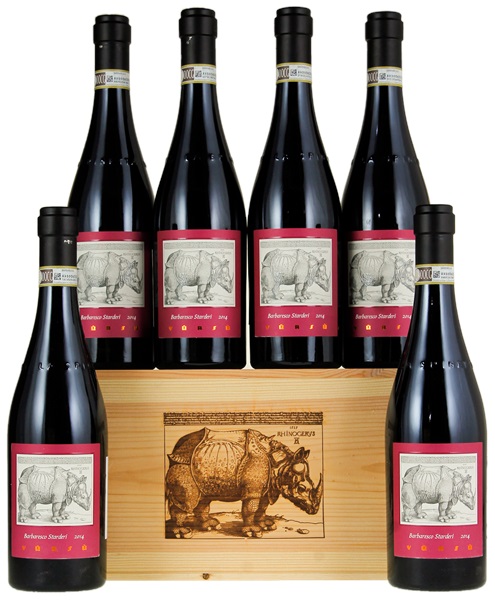ITEM 9799083 - Removed from a professional wine storage facility


A core of black cherry is accented by eucalyptus, juniper, wild rosemary and stony, chalky notes in this tightly wound red. Offers a firm tannic backbone, offset by plenty of sweet fruit.
...endowed with a huge center of fruit. Kirsch, rose petal, mint, dried flowers and hard candy fill out the wine's frame effortlessly. The firm Starderi tannins are present, but they are nearly buried by the sheer depth and luxuriousness of the fruit.